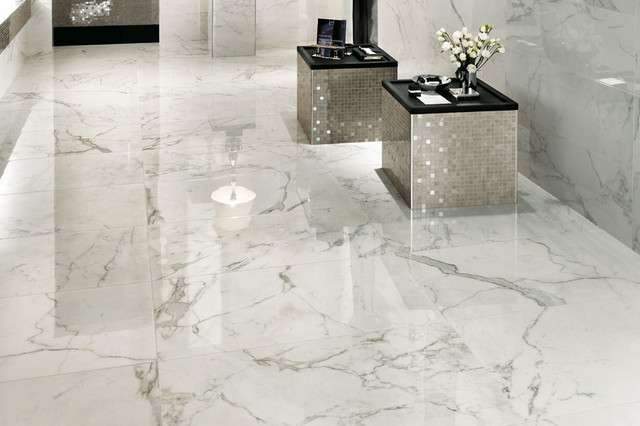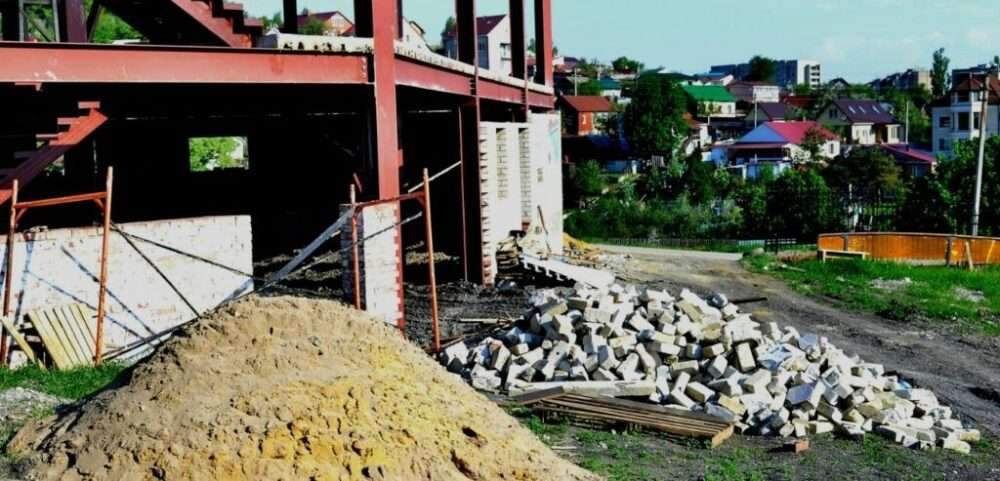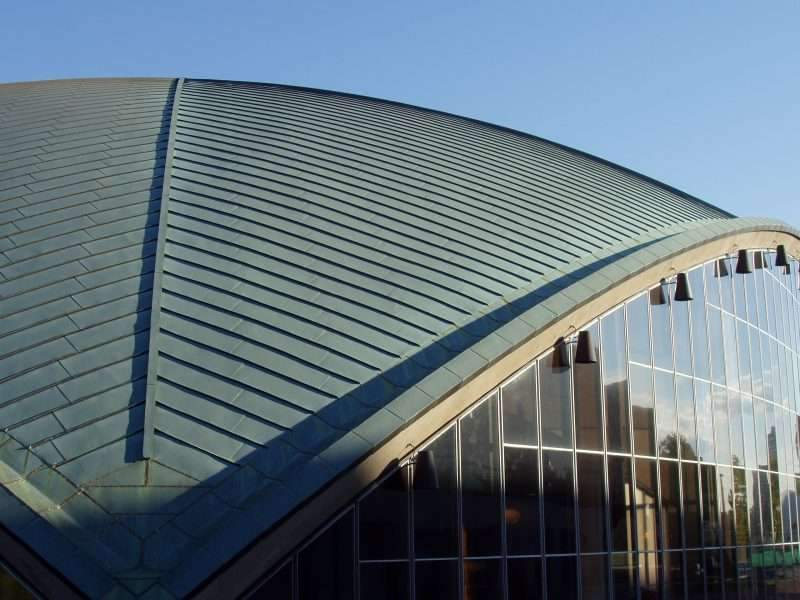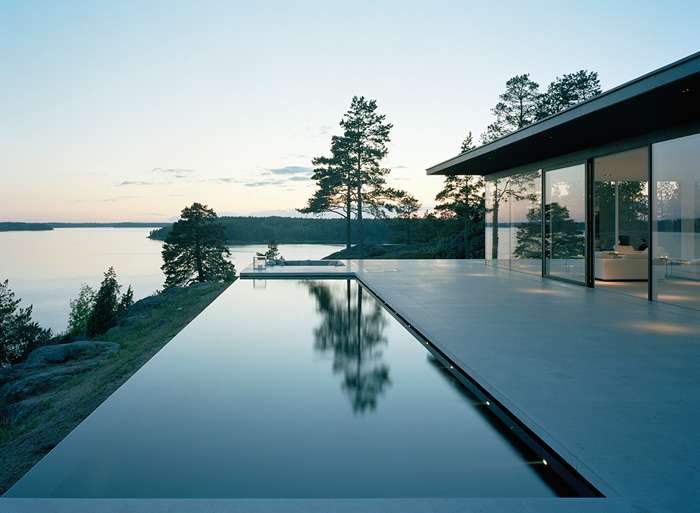The world of architecture is continually evolving, embracing new technologies and materials in an effort to reduce costs, increase efficiency, and push the boundaries of design. One of the growing trends in contemporary construction is the use of alternative materials that mimic the look and feel of traditional elements like marble, wood, and stone flooring. These “faux” materials have opened up new opportunities in both residential and commercial projects, but are they a worthy replacement for the original? Let’s explore the facts, figures, and opinions of the architectural community.
The Rise of Imitation Materials in Architecture
With rising construction costs and increasing pressure for sustainable solutions, alternative materials like engineered wood, laminate flooring, and synthetic marble are gaining traction. These materials offer a way to achieve the high-end aesthetics of traditional materials without the prohibitive costs or some of the environmental burdens.
- Engineered Wood vs. Natural Wood:
- Cost: Engineered wood is generally 30-50% cheaper than solid hardwood, making it an appealing option for budget-conscious projects.
- Performance: Engineered wood can be more resistant to changes in humidity and temperature than natural wood, making it more suitable for specific environments.
- Sustainability: While natural wood is a renewable resource, deforestation and harvesting practices raise concerns. Engineered wood, on the other hand, often uses wood waste, reducing overall environmental impact. However, it still often contains adhesives with formaldehyde, which can be harmful to the environment.
- Synthetic Marble vs. Natural Marble:
- Cost: Synthetic marble can cost between $50-100 per square meter, whereas natural marble can range from $150 to $300 per square meter or even higher depending on rarity and quality.
- Durability: Natural marble is praised for its timeless beauty and durability, but it is prone to scratching and staining. Synthetic marble, while less expensive, may not achieve the same level of sophistication or durability, although it can be more resistant to certain types of damage.
- Environmental Concerns: Quarrying marble has a significant environmental impact, involving the disruption of large natural landscapes. Synthetic alternatives are produced in factories, which allows for better control of emissions but still involves energy-intensive processes.
- Laminate Flooring vs. Natural Stone:
- Cost and Ease of Installation: Laminate flooring is significantly cheaper often 70% less costly and much easier to install compared to natural stone. Installation for natural stone is labor-intensive and requires skilled craftsmanship, adding to the overall cost.
- Aesthetic and Feel: Although laminate mimics the appearance of stone, architects often note the discrepancy in how the material feels underfoot. The density and coolness of natural stone cannot be entirely replicated.

Architectural Perspectives: Authenticity vs. Cost-efficiency
The architectural community remains divided when it comes to the use of imitation materials. On one hand, these new materials democratize high-end aesthetics, making beautiful designs more accessible. On the other hand, purists argue that authenticity is key to creating spaces that truly resonate with their users.
- Aesthetics and Experience:
- Frank Lloyd Wright, one of the most prominent figures in modern architecture, famously emphasized that “honesty in materials” was essential to the integrity of design. This means using materials in their true form without attempting to imitate something else.
- However, in today’s architecture, affordability and practicality play a critical role. Imitation materials allow architects to deliver similar visual appeal without the associated costs. This opens up the ability to deliver impactful designs even for smaller budgets.
- Environmental and Sustainability Considerations:
- According to a study by the World Green Building Council, the production of synthetic substitutes for traditional materials can reduce carbon emissions by up to 25-30%, depending on the material. However, the same report points out that the benefits heavily depend on the sourcing of raw materials and the production process. If synthetic alternatives are produced without proper environmental regulations, the result can be as harmful as quarrying natural stone.
- Architect Opinion: Many architects prefer using reclaimed natural wood or stone to synthetic versions, as this approach minimizes both environmental impact and waste. However, the availability of reclaimed materials is limited, which often drives projects toward synthetic solutions.
Economic and Market Trends
- Market Share: The global market for engineered wood, for instance, is expected to grow at a CAGR of 5.9% from 2023 to 2028, highlighting a shift towards more cost-effective and sustainable alternatives.
- Consumer Preference: According to a survey by Statista in 2022, about 45% of homeowners opted for engineered or synthetic materials instead of natural materials due to cost constraints, while 35% were driven by concerns about sustainability and resource depletion.
Is Imitation Always Cheaper in the Long Run?
The cost savings of using alternative materials are clear in the short term, but architects warn that these savings may not always hold up over the lifetime of the building. Natural materials like solid wood and marble often develop a patina over time, adding character and value to a property. Synthetic materials, on the other hand, can show wear and tear more evidently and may need to be replaced sooner, ultimately resulting in higher lifecycle costs.

Final Thoughts: Authenticity vs. Practicality
The debate between authenticity and practicality in materials is far from over. For many projects, the use of engineered or synthetic materials is a pragmatic choice driven by budget, availability, and environmental considerations. Yet, the emotional connection that people often have with natural materials cannot be fully replicated by their synthetic counterparts.
While synthetic alternatives have evolved greatly and offer numerous advantages, they still face challenges when it comes to replicating the intrinsic quality and uniqueness of natural materials. The key for architects and builders is to strike the right balance using authentic materials where they add the most value and opting for alternatives when practicality and sustainability demand it.
In the words of architect Louis Sullivan, “Form follows function.” This idea can be applied when choosing materials what best serves the purpose of the space, budget, and environment? Whether it is the timeless elegance of natural marble or the practicality of engineered wood, the ultimate goal is to create spaces that serve their occupants effectively while leaving a smaller environmental footprint.







